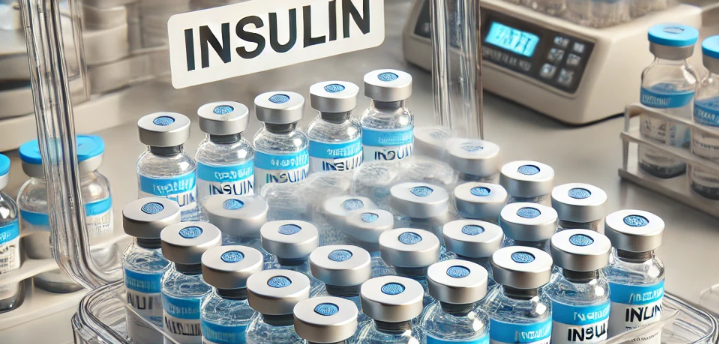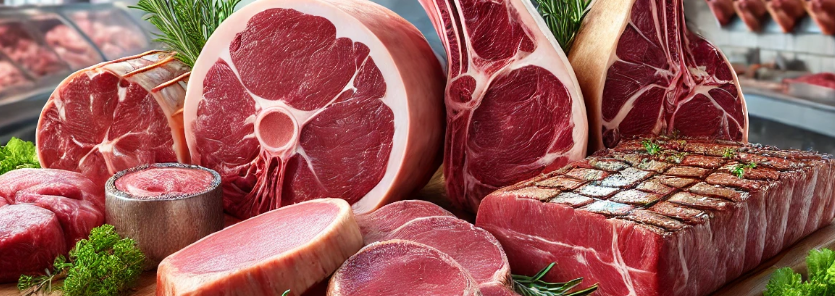-

Faq Dry Ice Packs
Read more -

Bag-And-Ship-Live-Fish
Read more -

How-To-Freeze-Thermogard-Gel-Ice-Packs
1.Definition of Gel Ice Packs Gel ice packs are a type of biologically synthesized high-energy storage ice, an upgraded version of ordinary ice packs. Compared to ordinary ice packs, they have increased cold storage capacity and release cold more evenly, effectively extending the cooling duration...Read more -

How To Ship Refrigerated Medicine
1. pack Use insulated packaging (such as a foam cooler or a box lined with heat insulation) to maintain low temperatures. Place frozen gel packs or dry ice around the drug product as the refrigerant during transport. Observe the use of dry ice. Use buffering materials such as bubble film or plas...Read more -

How To Ship Perishable Food
1. How to package perishable foods 1. Determine the type of perishable foods First, the type of perishable food to be shipped needs to be identified. Food can be divided into three categories: non-refrigerated, refrigerated and frozen, each type requiring different processing and packaging method...Read more -

How To Ship Insulin Overnight
1. How to transport insulin is packaged overnight Use insulated transport containers, such as a foam cooler or one lined with suitable insulation, to maintain temperature control. Frozen gel packs or dry ice packs were placed around the insulin to remain refrigerated during transport. Observe t...Read more -

How To Ship Ice-Cream
Shipping the ice cream is a challenging process. As an easily melting frozen food, ice cream is extremely sensitive to temperature changes, and even temporary temperature fluctuations can cause the product to deteriorate, affecting its taste and appearance. To ensure that ice cream can maintain i...Read more -

How To Ship Fruit To Another State
1. pack Use strong corrugated cardboard boxes and punch holes on the sides for ventilation. Wrap the box with a plastic lining to prevent leaks. Cover each piece of fruit with paper or bubble film to prevent bruises. Use packaging materials (e. g., packaging foam or air pillows) to cushion the f...Read more -

How To Ship Frozen Food Without Dry Ice
1. Precautions for transporting frozen food When transporting frozen food, special attention needs to be paid to keep the whole low temperature to prevent food deterioration. First, select the efficient thermal insulation materials, such as EPS, EPP or VIP incubator, to ensure a good heat insulat...Read more -

How To Ship Frozen Fish
1. Precautions for transporting frozen fish 1. Keep the temperature on hold Frozen fish must be kept at-18°C or lower to prevent thawing and deterioration. Maintaining a stable low temperature throughout transport is crucial. 2. Packaging integrity Proper packaging is key to protecting fish fro...Read more -

How To Ship Fresh Flowers
1. Suitable temperature in flower transportation The appropriate temperature in flower transport is usually 1℃ to 10℃ to maintain the freshness of flowers and extend their shelf life. Too high or too low temperature may lead to flower wither or frostbite, affecting their quality and ornamental pr...Read more -

How To Ship Food With Dry Ice
1. Precautions for using dry ice When using dry ice to transport food, the following should be noted to ensure safety and food quality: 1.temperature control Dry ice temperature is extremely low (-78.5°C), must wear protective gloves to avoid frostbite. Ensure that the food is suitable for a dry...Read more